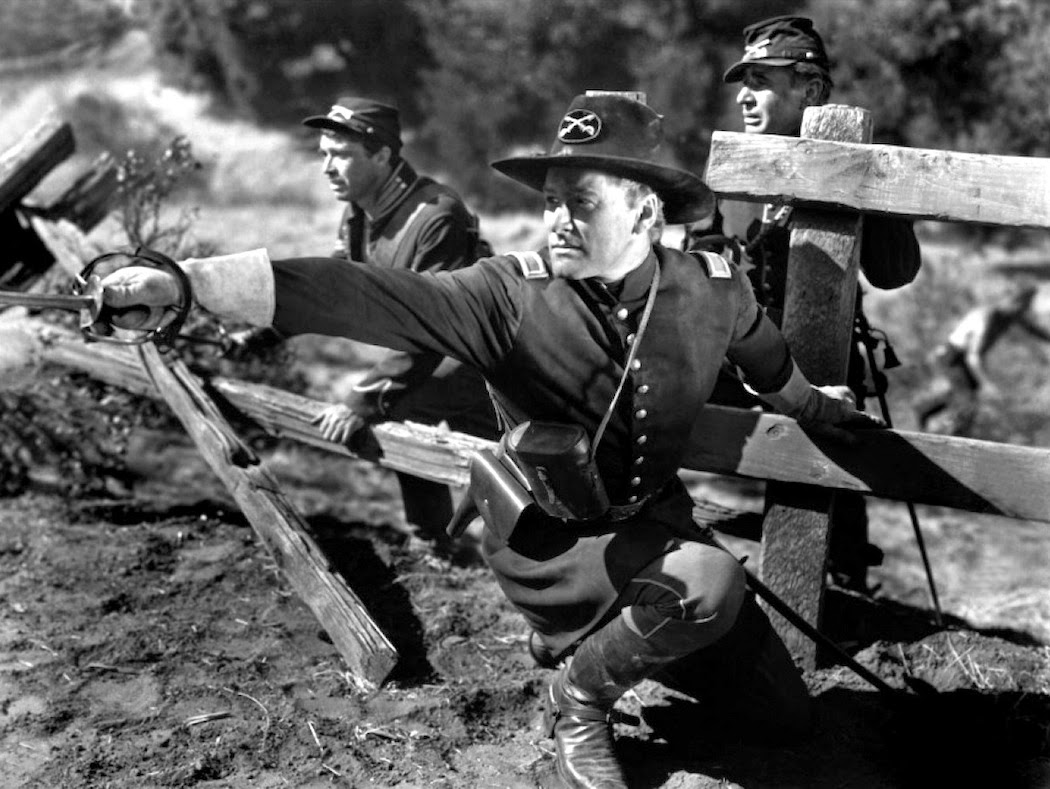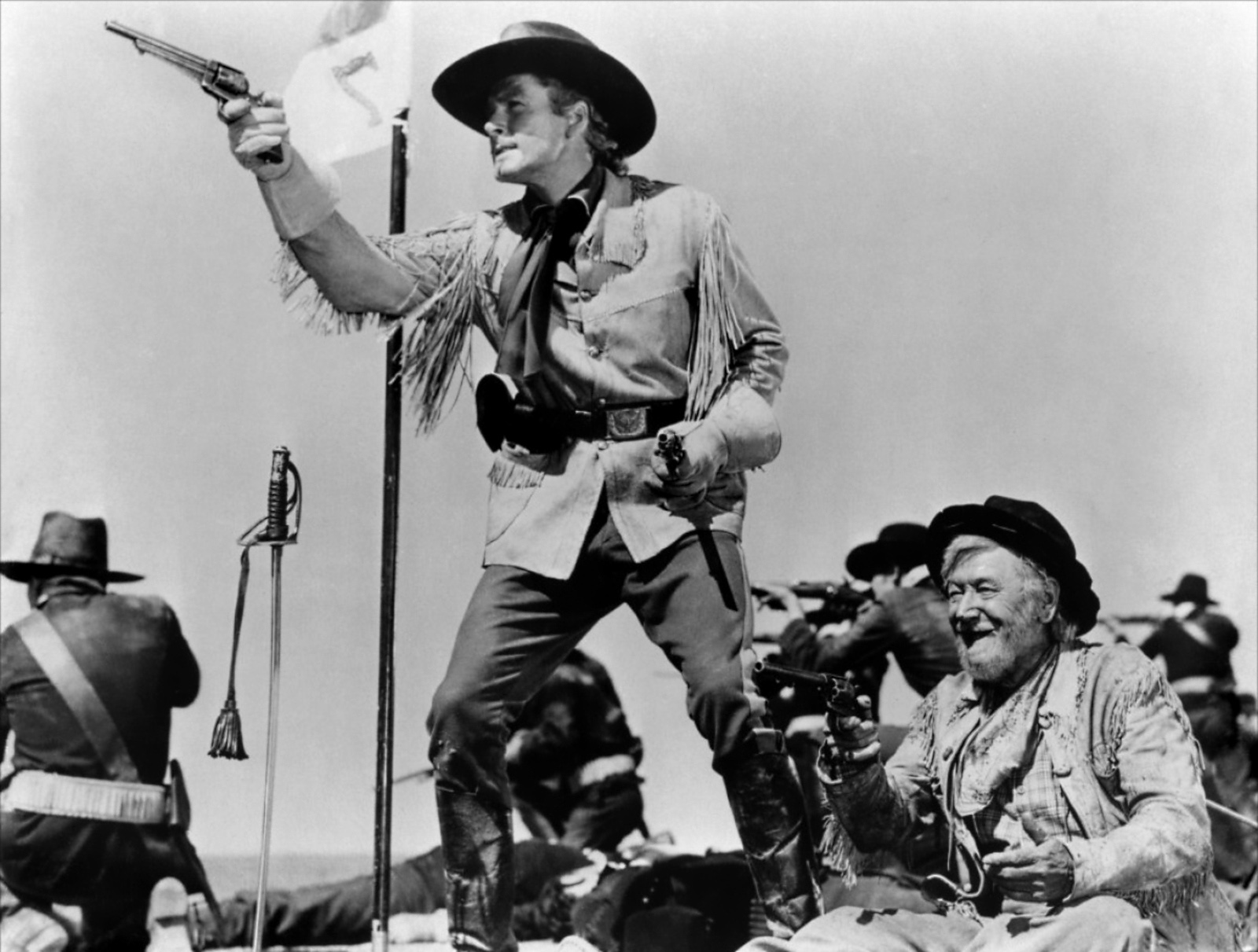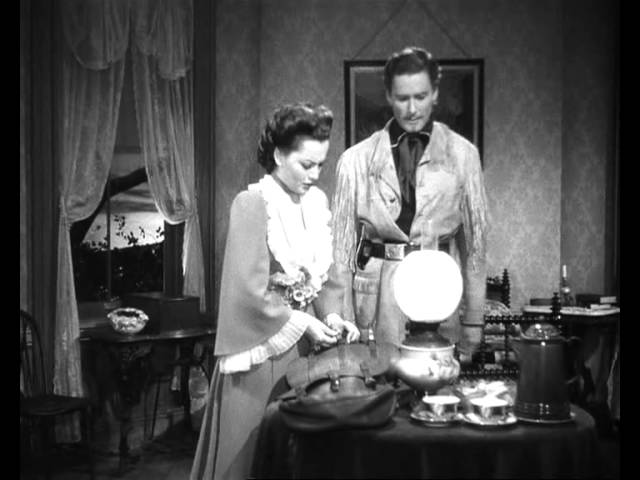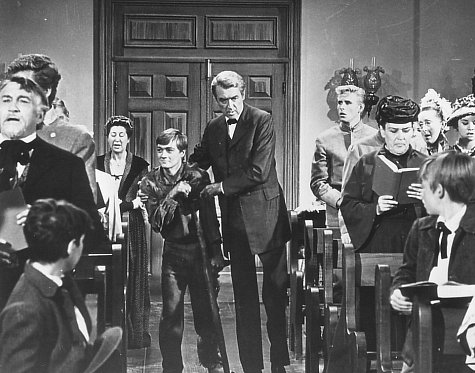🎬 They Died with Their Boots On (1941): A Heroic, Tragic Retelling of Custer’s Last Stand

They Died with Their Boots On (1941), directed by Raoul Walsh, is a biographical war film starring Errol Flynn as General George Armstrong Custer and Olivia de Havilland as his wife, Elizabeth Bacon Custer. The film dramatizes the life of Custer, from his days at West Point through his rise in the U.S. Army, culminating in his ill-fated last stand at the Battle of Little Bighorn. It combines elements of heroism, romance, and tragedy, glorifying Custer’s bravery while glossing over historical complexities.
Plot Overview:
The film follows George Armstrong Custer from his brash youth at West Point to his military service in the Civil War, where he gains fame and rises through the ranks. After the war, Custer is stationed in the West, where he engages in campaigns against Native American tribes. The film reaches its climax with Custer leading his 7th Cavalry to their doomed battle against the Lakota Sioux at Little Bighorn, portraying Custer as a tragic hero who fights courageously to the end.
Character Development and Performances:
Errol Flynn delivers a charismatic performance as Custer, portraying him as a larger-than-life figure with a mix of arrogance, charm, and bravery. Flynn’s dynamic portrayal adds an air of romanticism to Custer’s character, making him both a hero and a man deeply flawed by his ambition. Olivia de Havilland provides a strong emotional counterpoint as Custer’s devoted wife, Elizabeth, bringing warmth and depth to her role.
The film is also notable for its portrayal of Custer’s close relationship with his troops, particularly his friendship with Sergeant Major Samuel Sturgis (played by Charley Grapewin), emphasizing themes of loyalty and leadership.

Themes and Analysis:
They Died with Their Boots On is a romanticized account of Custer’s life, focusing on his military prowess, his leadership, and his determination to fight for what he believes in, regardless of the odds. The film elevates Custer to near-mythical status, portraying him as a martyr figure in American history. The film touches on themes of honor, duty, and sacrifice, but it largely omits the historical controversies surrounding Custer’s actions and the broader implications of the Indian Wars.
The film’s portrayal of Native Americans is simplistic and reflects the Hollywood attitudes of the time, with the Lakota Sioux depicted as a faceless enemy. This portrayal contributes to the film’s idealization of Custer and his role in American history, while failing to address the complexities and tragedies of the conflict between Native Americans and the U.S. government.
Action and Visuals:

They Died with Their Boots On features epic battle scenes typical of large-scale war films of its era. The climactic Battle of Little Bighorn is depicted as a visually striking and emotional set piece, with sweeping shots of cavalry charges and chaotic warfare. Director Raoul Walsh uses wide, panoramic shots to capture the vastness of the Western landscapes, creating a sense of isolation and danger as Custer and his men march toward their fate.
The film’s use of grand, sweeping cinematography enhances its epic scope, turning the historical events into a grand tragedy. The final scenes of the Battle of Little Bighorn, though romanticized, are memorable for their portrayal of Custer and his men fighting to the bitter end.
Criticism:
While They Died with Their Boots On is an entertaining and well-made film, its historical accuracy has been criticized. The film glosses over the more controversial aspects of Custer’s life, including his role in the displacement and killing of Native Americans. The romanticized portrayal of Custer as a noble, tragic hero contrasts with the more nuanced historical accounts of his actions and decisions, making the film more myth than fact.

Moreover, the film’s depiction of Native Americans is dated and reflects the stereotypes of its time, reducing complex cultural and political dynamics to a simplistic narrative of good versus evil.
Final Thoughts:
They Died with Their Boots On is a classic Hollywood war film that offers a romanticized and heroic portrayal of one of America’s most infamous military leaders. While it succeeds as an entertaining piece of historical drama, its lack of historical nuance and idealized depiction of Custer limits its accuracy. For fans of classic war films and Errol Flynn’s charismatic performances, the film remains a notable entry in the genre, but modern viewers should approach it with an understanding of its historical limitations.
Movie Information:
- Title: They Died with Their Boots On
- Director: Raoul Walsh
- Starring: Errol Flynn, Olivia de Havilland
- Genre: War, Biography, Drama
- Release Date: November 21, 1941
- Rating: Approved
- Plot Summary: The film dramatizes the life of General George Armstrong Custer, from his early days at West Point to his last stand at the Battle of Little Bighorn, portraying him as a brave and tragic hero of American history.











